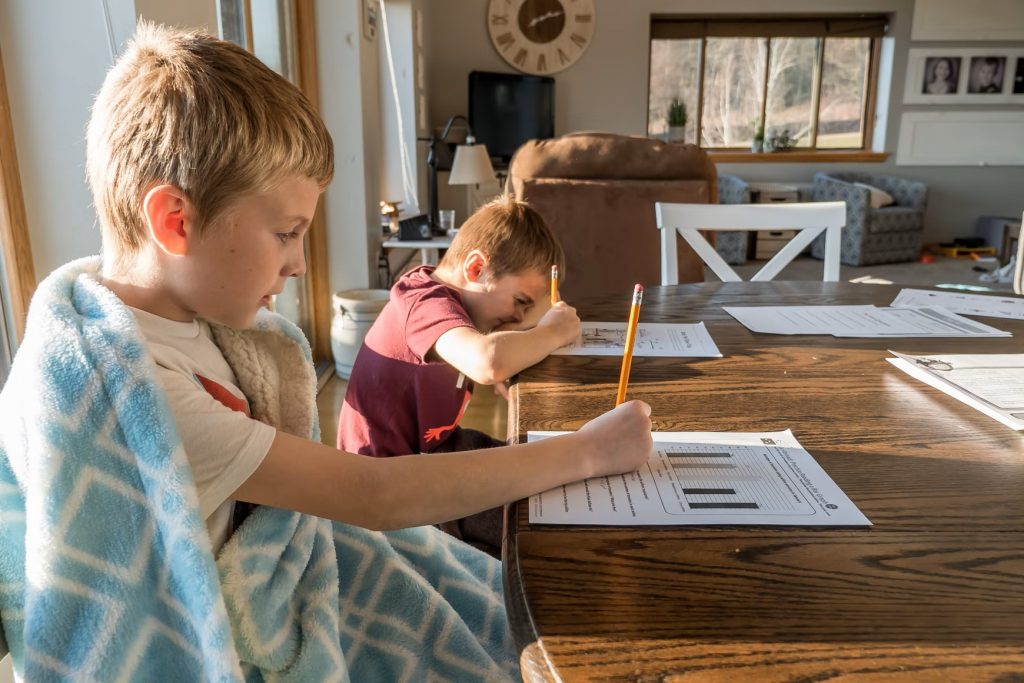Whether you have children living in your home, or simply visiting regularly, it is important to make it as safe as possible. You may not realize it, but there are lots of dangers lurking in your home. Dangers that perhaps you can’t see or even appreciate yet. To make your home that little bit safer for children, you are best to start moving around systematically and room by room. This way, you can be sure that you leave no areas uncovered.
The First Step is to Seek Guidance
It can be difficult to know where to start when safety in the home is concerned. Sometimes, you may find it beneficial to speak to the experts, and to those with the knowledge and experience as they may be able to highlight and raise areas of concern that you may not have even considered beforehand. For example, if you are fostering children through thefca.co.uk, they may be able to point you in the direction of experts that can help you with making your home safer. Or, they may be able to give you a guide about how you can ensure safety within your home. When you utilize the knowledge, experience, and guidance of others, you ultimately save yourself a lot of stress.
Cover All Electrical Sockets and Outlets
You may not think there are much about those electrical sockets and outlets in each room of your home, but to a child, they look like fun, and they look like games and toys. Shocks from sockets can be fatal, and as such, it is not worth taking any unnecessary risks. Covering up unused sockets and electrical outlets and turning off electrics when they are not being used is a crucial step you must take.
Locking and Storage
There are going to be items in your home that you are going to want to keep correctly stored and locked away. For example, the cleaning items you have in the kitchen, or the wash powders you have in the room should all be kept away from little hands. Locks for cabinets and doors are very economical to buy, but they could well be lifesavers. If you do not want to look at adding locks to your cabinetry, then why not look at purchasing specialist storage for the harmful chemicals and products within your home.
Cords, Cables, Corners, and Wires
When you look around your home, how many cords or cables do you see that are exposed? For example, do you have blind cords hanging down the wall? Or, do you have cables running from the TV? You may even have sharped-edged furniture that catches your arms or legs from time to time. All these little things within your home which you get used to daily must be rectified. Moving cables, wires, and cords out of the way, and even strapping them up is a good idea. Covering the edges of sharp furniture that is not rounded with foam (or something similar) is going to be beneficial as well.



